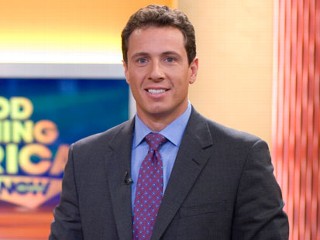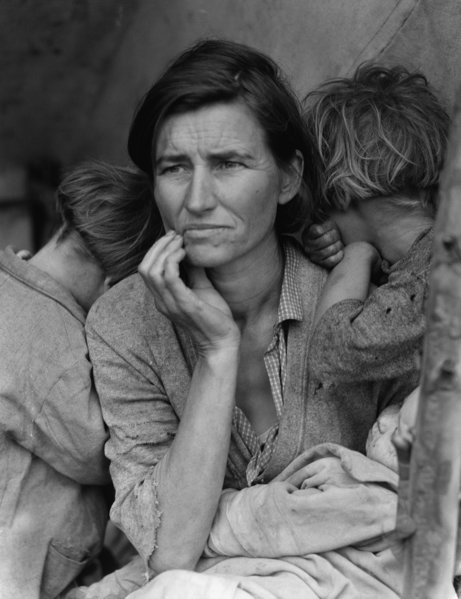WASHINGTON — The number of Americans who lived in households that lacked consistent access to adequate food soared last year, to 49 million, the highest since the government began tracking what it calls “food insecurity” 14 years ago, the Department of Agriculture reported Monday.
The increase, of 13 million Americans, was much larger than even the most pessimistic observers of hunger trends had expected and cast an alarming light on the daily hardships caused by the recession’s punishing effect on jobs and wages.
About a third of these struggling households had what the researchers called “very low food security,” meaning lack of money forced members to skip meals, cut portions or otherwise forgo food at some point in the year.
The other two-thirds typically had enough to eat, but only by eating cheaper or less varied foods, relying on government aid like food stamps, or visiting food pantries and soup kitchens.
“These numbers are a wake-up call for the country,” said Agriculture Secretary Tom Vilsack.
One figure that drew officials’ attention was the number of households, 506,000, in which children faced “very low food security”: up from 323,000 the previous year. President Obama, who has pledged to end childhood hunger by 2015, released a statement while traveling in Asia that called the finding “particularly troubling.”
The ungainly phrase “food insecurity” stems from years of political and academic wrangling over how to measure adequate access to food. In the 1980s, when officials of the Reagan administration denied there was hunger in the United States, the Food Research and Action Center, a Washington advocacy group, began a survey that concluded otherwise. Over time, Congress had the Agriculture Department oversee a similar survey, which the Census Bureau administers.
Though researchers at the Agriculture Department do not use the word “hunger,” Mr. Obama did. “Hunger rose significantly last year,” he said.
Analysts said the main reason for the growth was the rise in the unemployment rate, to 7.2 percent at the end of 2008 from 4.9 percent a year earlier. And since it now stands at 10.2 percent, the survey might in fact understate the number of Americans struggling to get adequate food.
Rising food prices, too, might have played a role.
The food stamp rolls have expanded to record levels, with 36 million Americans now collecting aid, an increase of nearly 40 percent from two years ago. And the American Recovery and Reinvestment Act, passed last winter, raised the average monthly food stamp benefit per person by about 17 percent, to $133. Many states have made it easier for those eligible to apply, but rising applications and staffing cuts have also brought long delays.
Problems gaining access to food were highest in households with children headed by single mothers. About 37 percent of them reported some form of food insecurity compared with 14 percent of married households with children. About 29 percent of Hispanic households reported food insecurity, compared with 27 percent of black households and 12 percent of white households. Serious problems were most prevalent in the South, followed equally by the West and Midwest.
Some conservatives have attacked the survey’s methodology, saying it is hard to define what it measures. The 18-item questionnaire asks about skipped meals and hunger pangs, but also whether people had worries about getting food. It ranks the severity of their condition by the number of answers that indicate a problem.
“Very few of these people are hungry,” said Robert Rector, an analyst at the conservative Heritage Foundation. “When they lose jobs, they constrain the kind of food they buy. That is regrettable, but it’s a far cry from a hunger crisis.”
The report measures the number of households that experienced problems at any point in the year. Only a “small fraction” were facing the problem at a given moment. Among those with “very low food security,” for instance, most experienced the condition for several days in each of seven or eight months.
James Weill, the director of the food center that pioneered the report, called it a careful look at an underappreciated condition.
“Many people are outright hungry, skipping meals,” he said. “Others say they have enough to eat but only because they’re going to food pantries or using food stamps. We describe it as ‘households struggling with hunger.’ ”







![student_thinking[1] student_thinking[1]](https://usahunger.files.wordpress.com/2009/10/student_thinking11.jpg?w=510)
 Hunger and Poverty Statistics
Hunger and Poverty Statistics
